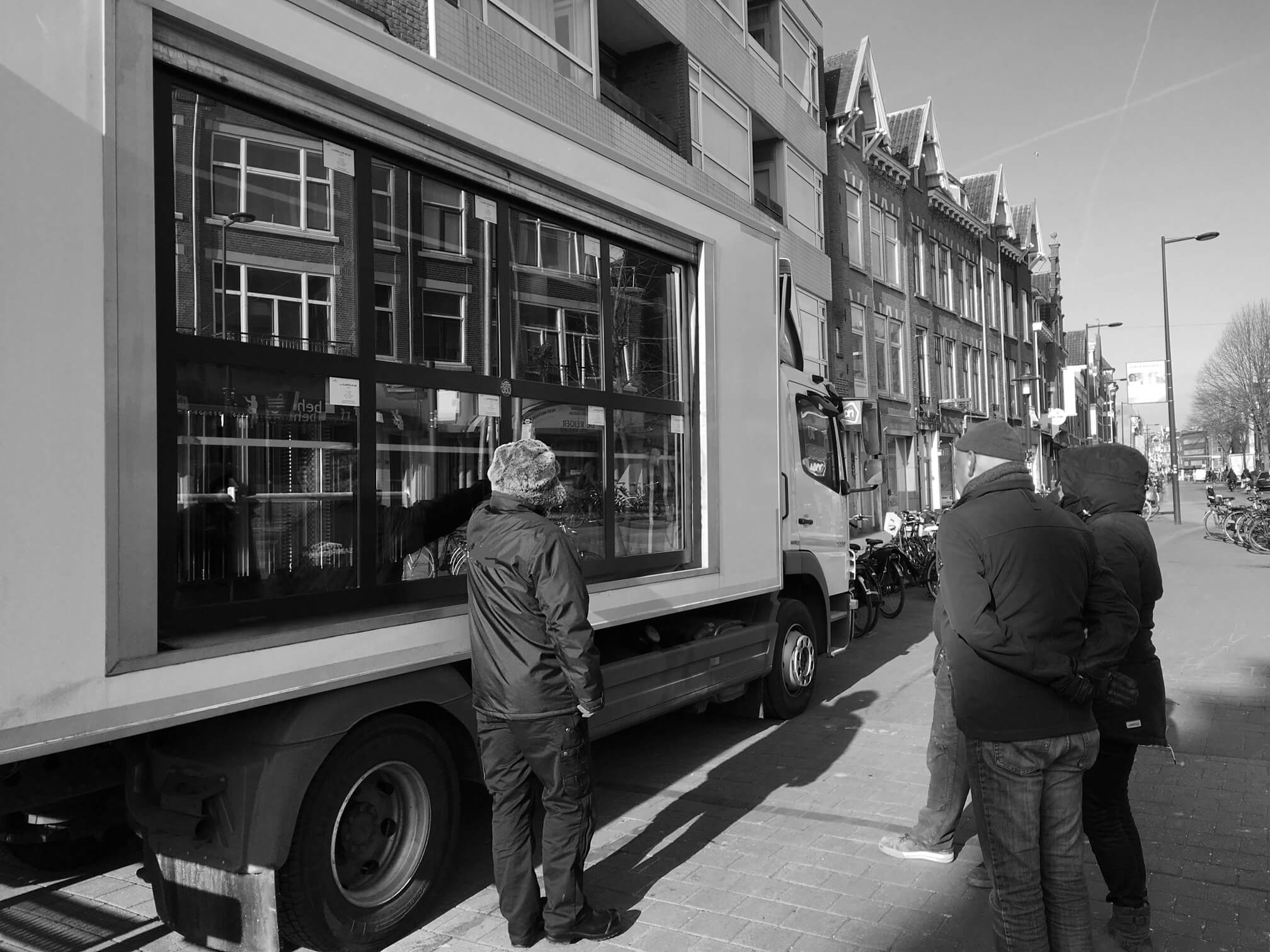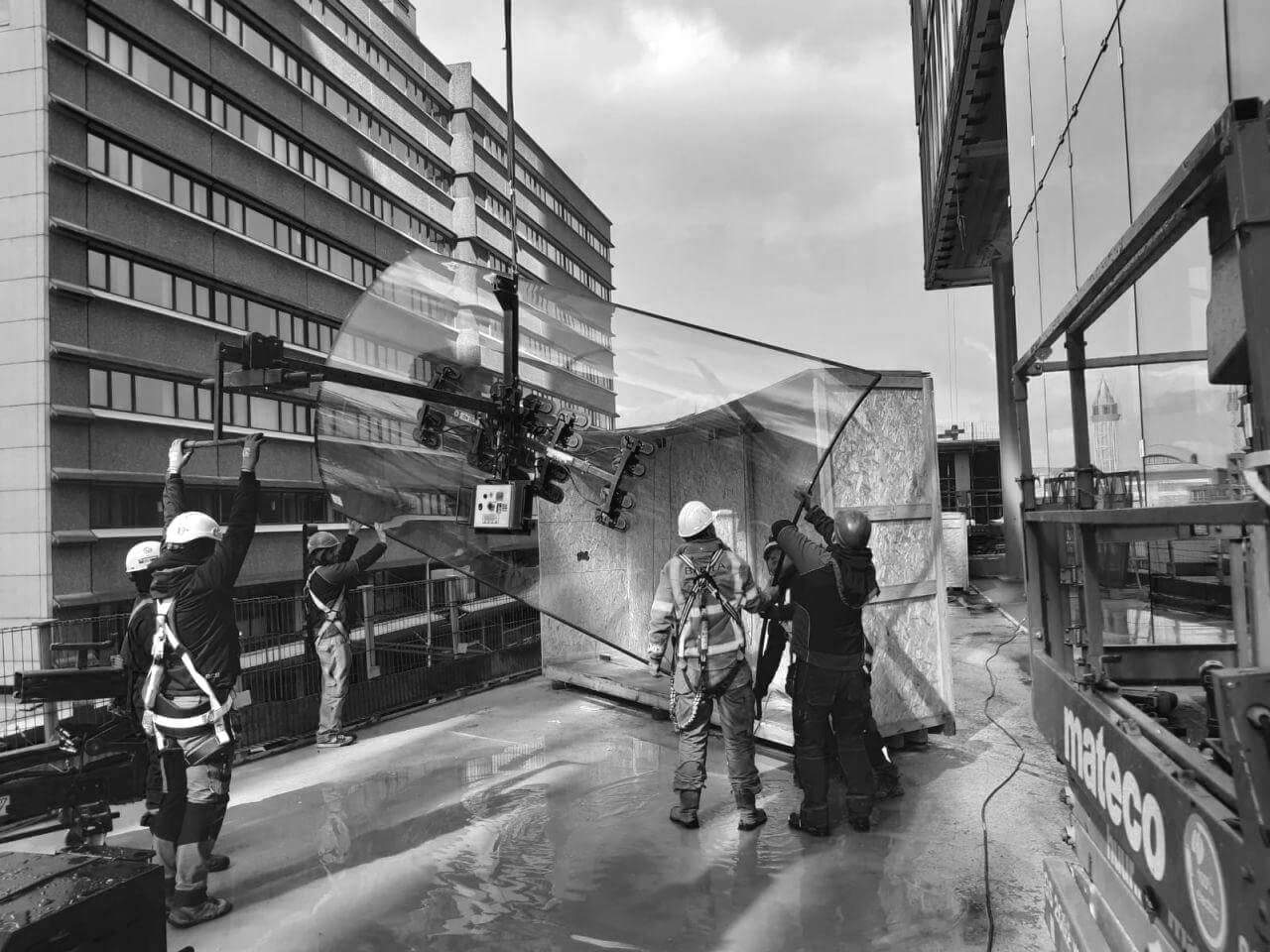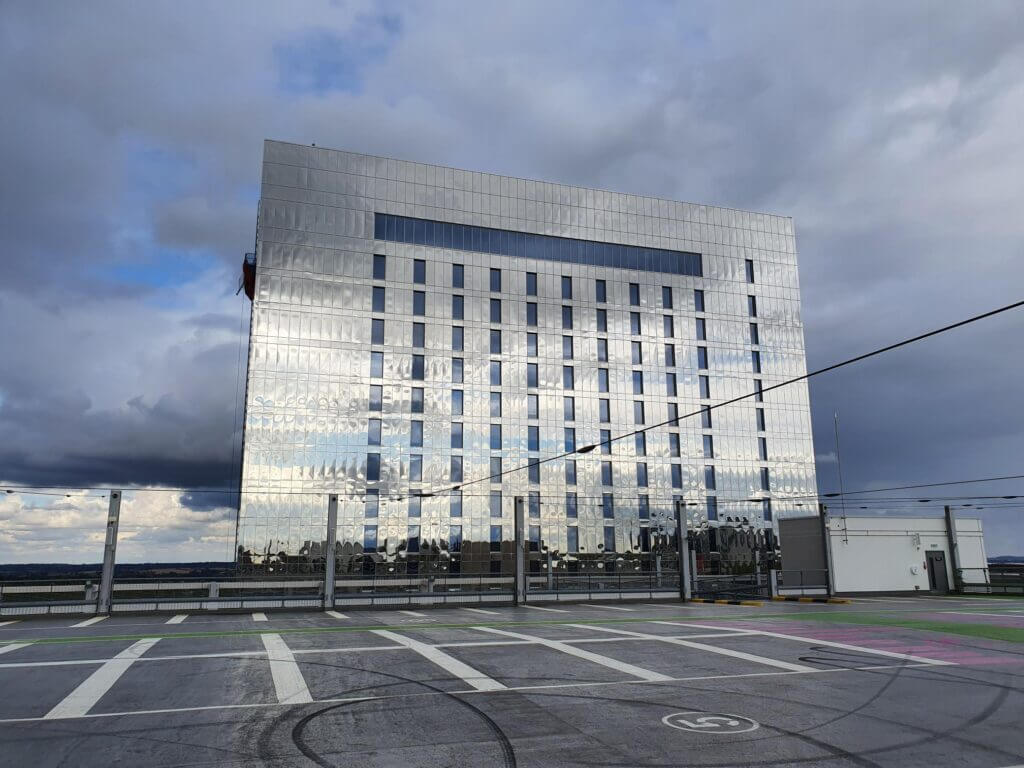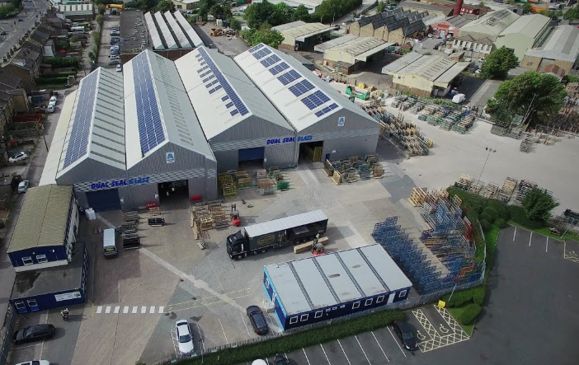glass beyond
the ordinary

your expert
partners in glass
dualseal is one of the UK’s leading independent processors of High Performance Vision and Insulated Spandrel Glass Panels for the construction industry.
Operating from our Huddersfield base, our product range is widely accredited in the commercial glazing sector. Our independence allows for a multi-faceted approach when meeting high specification demands. The continued expansion in sales of all our products is underlined by our commitment to traditional value. Our business principles are based on a customer driven ethos of quality and service. Our management team is resolved to fulfil every customer order ‘complete, first time, every time’.
All our products are manufactured in accordance with the current and relevant UK standards. Our products are also UKCA compliant.
A Message to Our Customers – UKCA Markings
Dear Customer, UKCA Glass Marking The UKCA (UK Conformity Assessment) mark is the new UK product marking that will be required for processed glass products for use in buildings being placed on the market in Great Britain (England, Wales and Scotland). It replaces products that previously required the CE mark. Dual […]
A Message to Our Customers – UKCA Markings
dualseal Now Part of the vandaglas Group
dualseal is proud to announce that we are now part of the vandaglas Group. This is an extremely exciting and positive development which will help the company to grow and prosper further in the architectural glass sector. We were pleased to welcome Nils Matthies and Ulrich Feindt todualseal’s site in the past month in order to introduce themselves to our team.
dualseal Now Part of the vandaglas Group



knowledge of glass and the glass world
Our 150 skilled and experienced glass colleagues are ready to use their knowledge for tailormade glass solutions. We believe in the power of our people. They help to find the best glass solution.
together from order to delivery
The dynamics of construction are driven by airtight delivery schedule. Competitive positions, yours and ours require excellent logistics. dualseal logistics experts are providing transparent and on time delivery aligned with customers needs and schedule.
rely on certainty
As a partner dualseal has a great wealth of experience with complex glass issues, advanced logistics solutions and meeting the highest demands on glass suppliers. Our entire product range has CE-markings. Carefree certainty, that is our drive when we guide you through your glass challenges.

Christies Hospital

Pilgrim House, Aberdeen



